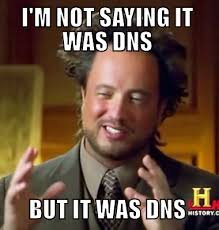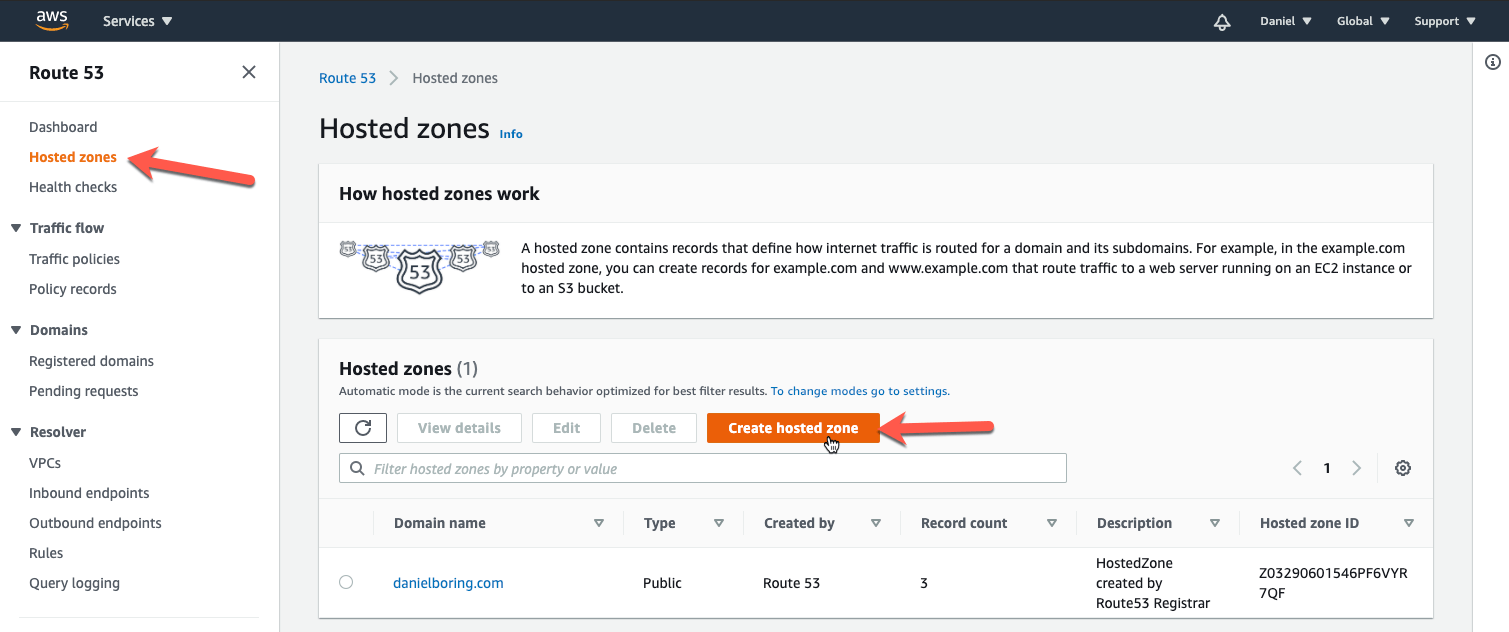When trying to create an Azure subscription I received the following error:

After some reading a viral tenant is another meaning for an unmanaged directory. An unmanaged directory is a directory that was automatically created when a user with @virtuallyboring.com created an Azure account. Its a directory that has no global administrator. Microsoft created a Azure Active Directory (AAD) tenant in the background and is sitting there unmanaged. This is so users can create an account and use resources without it being a blocker that the domain isn’t claimed in AAD.
There are two ways to take over an unmanaged directory:
- Internal admin takeover:
- Your account gets elevated to global administrator
- No users, domains, or service plans are migrated
- External Admin Takeover:
- Add the unmanaged domain name to a tenant where you are a Global Administrator
- A mapping of users to resources is created in your managed Azure Active Directory
- Users can continue to access services without interruption
Source: Admin takeover of an unmanaged directory – Azure AD | Microsoft Docs
For my example I will be using a internal admin takeover.





















